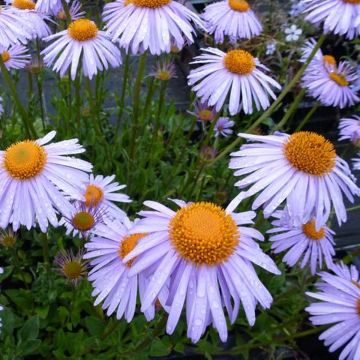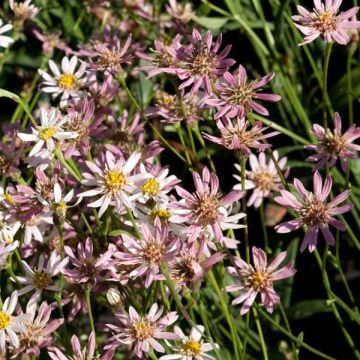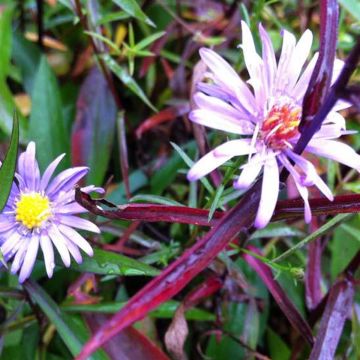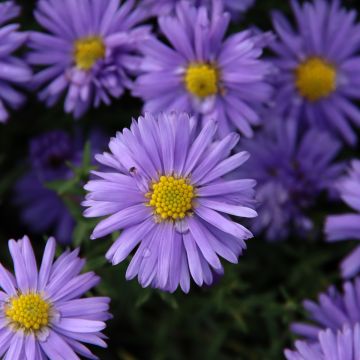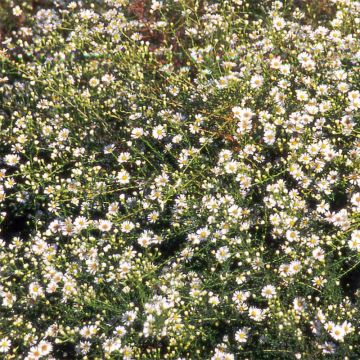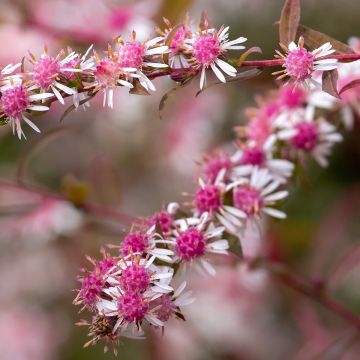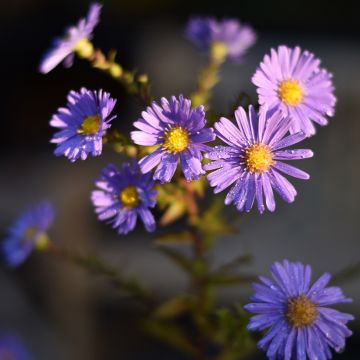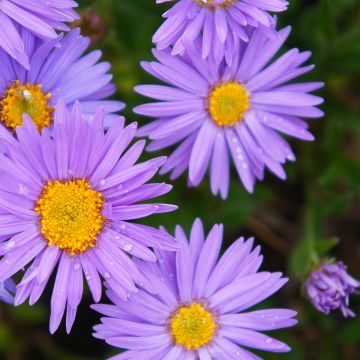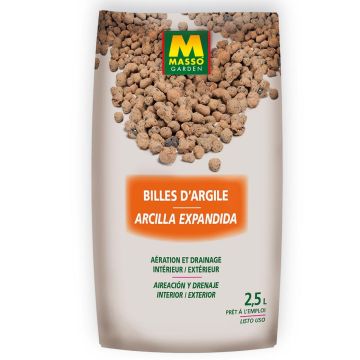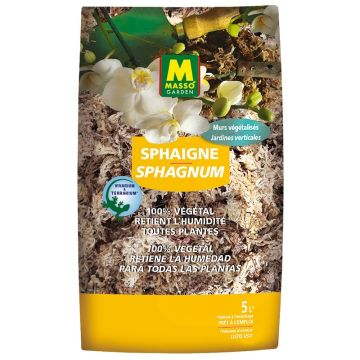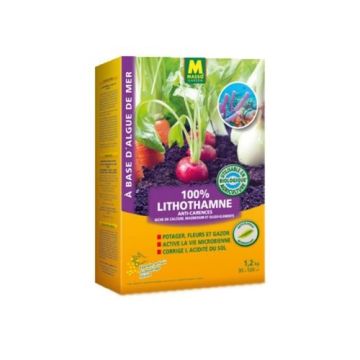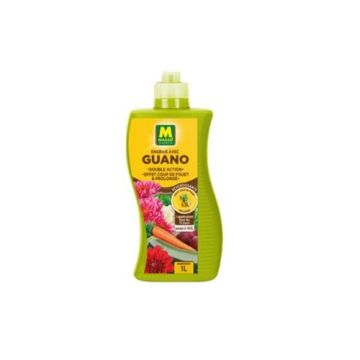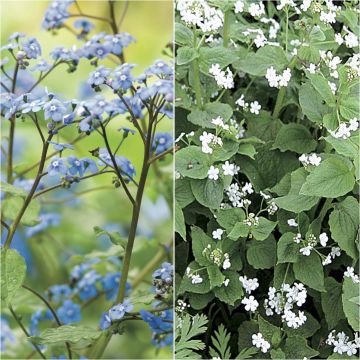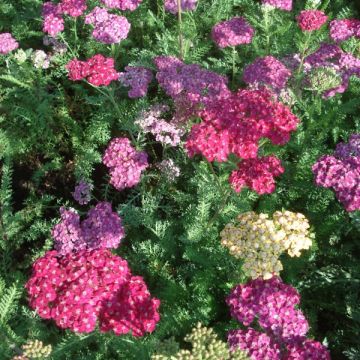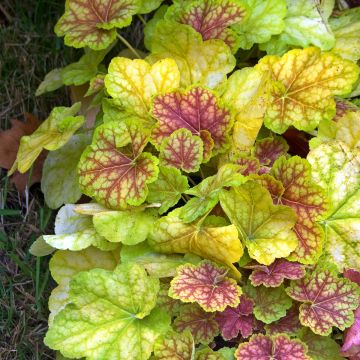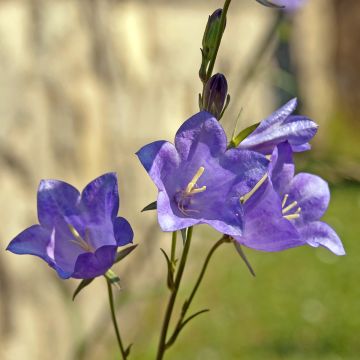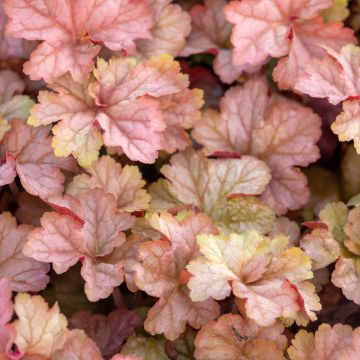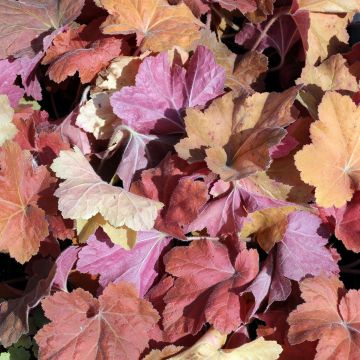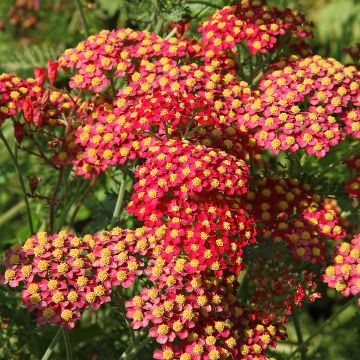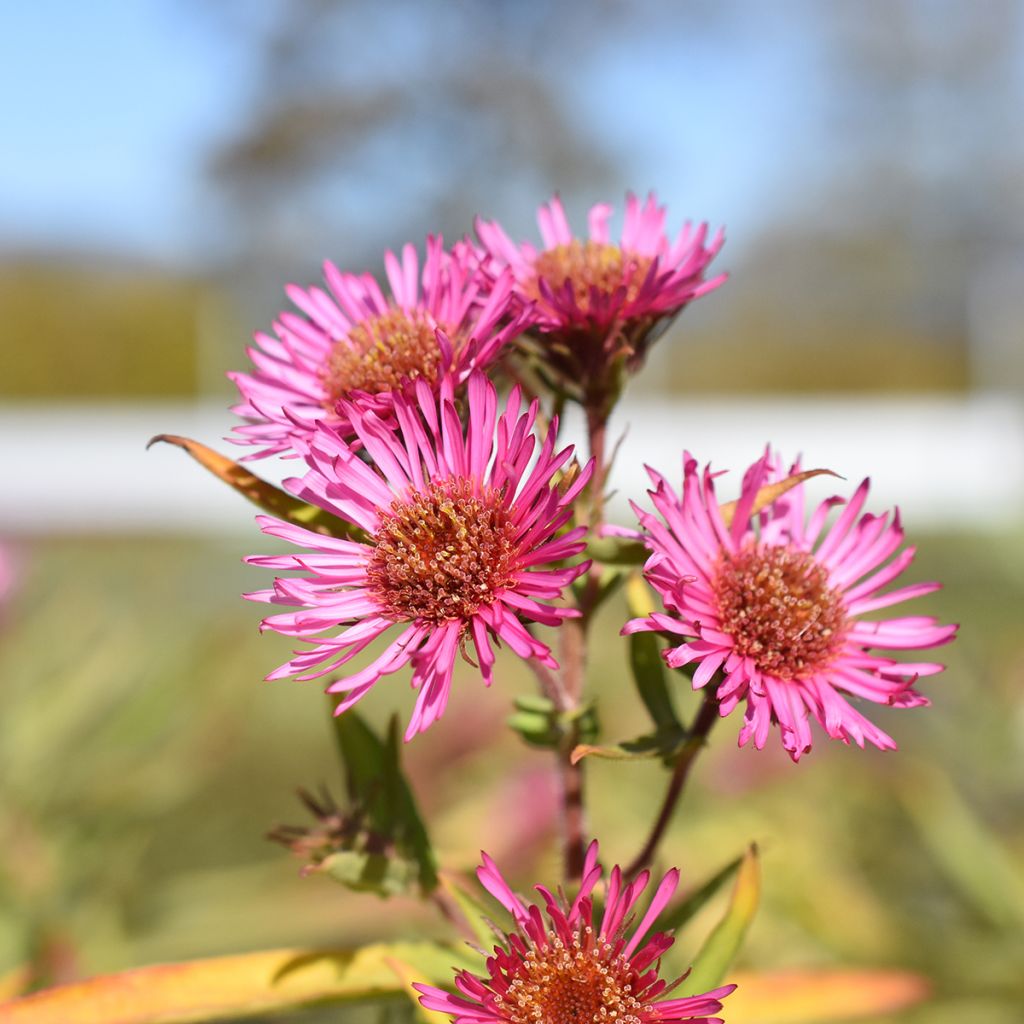

Aster novae-angliae Andenken an Alma Pötschke
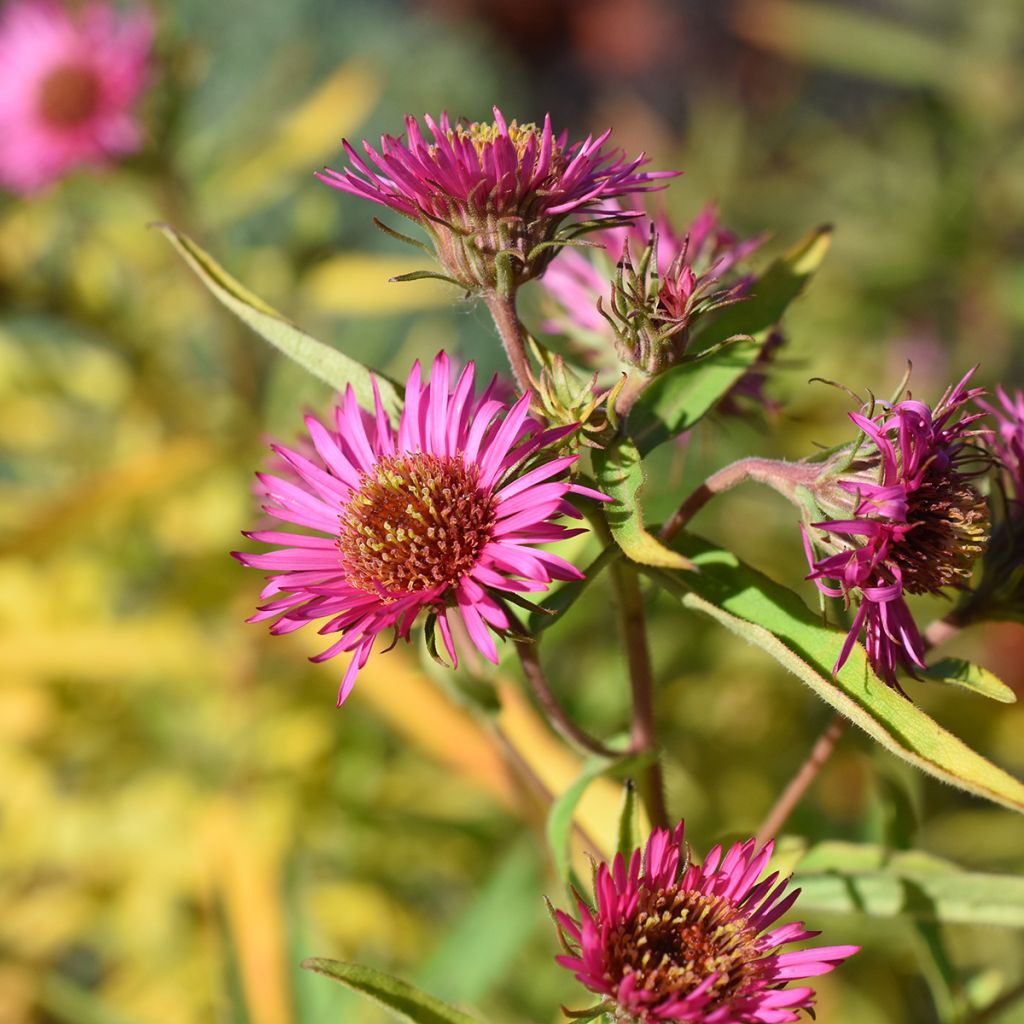

Aster novae-angliae Andenken an Alma Pötschke
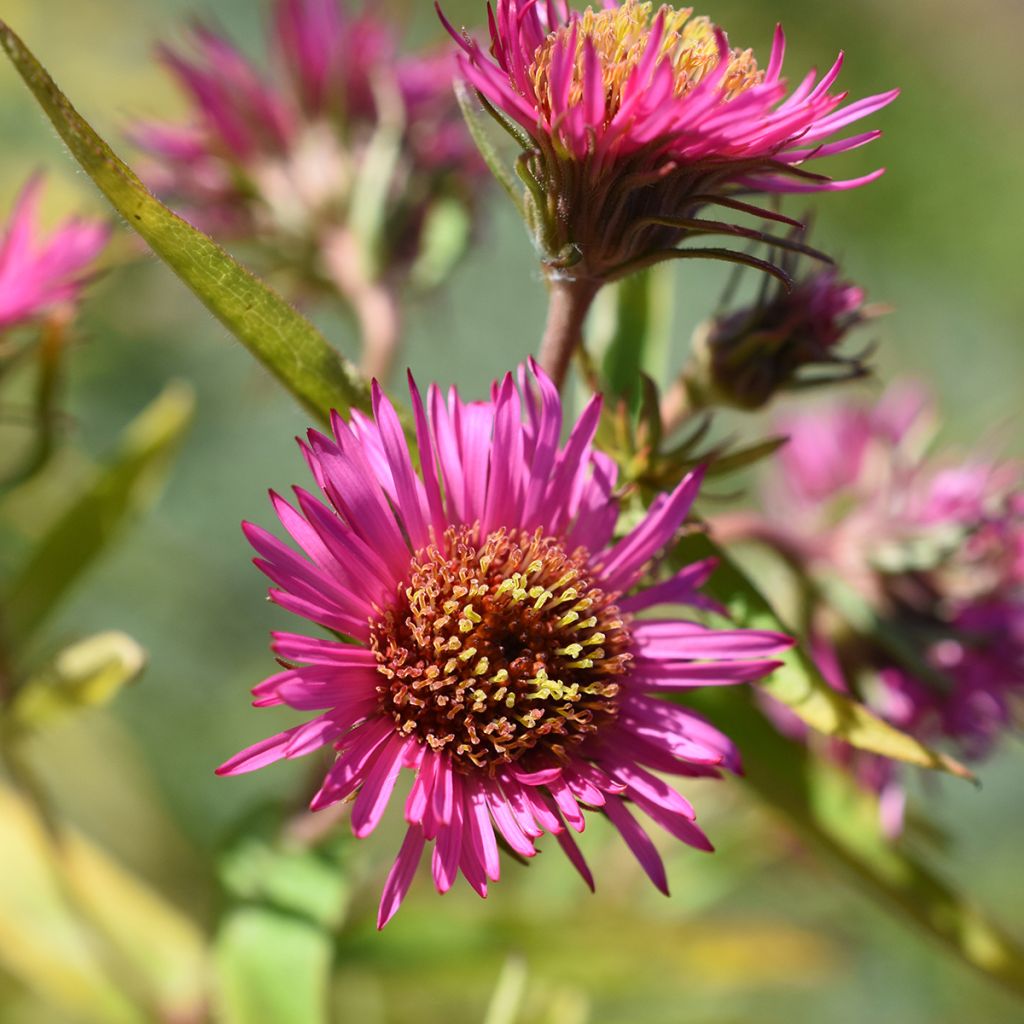

Aster novae-angliae Andenken an Alma Pötschke
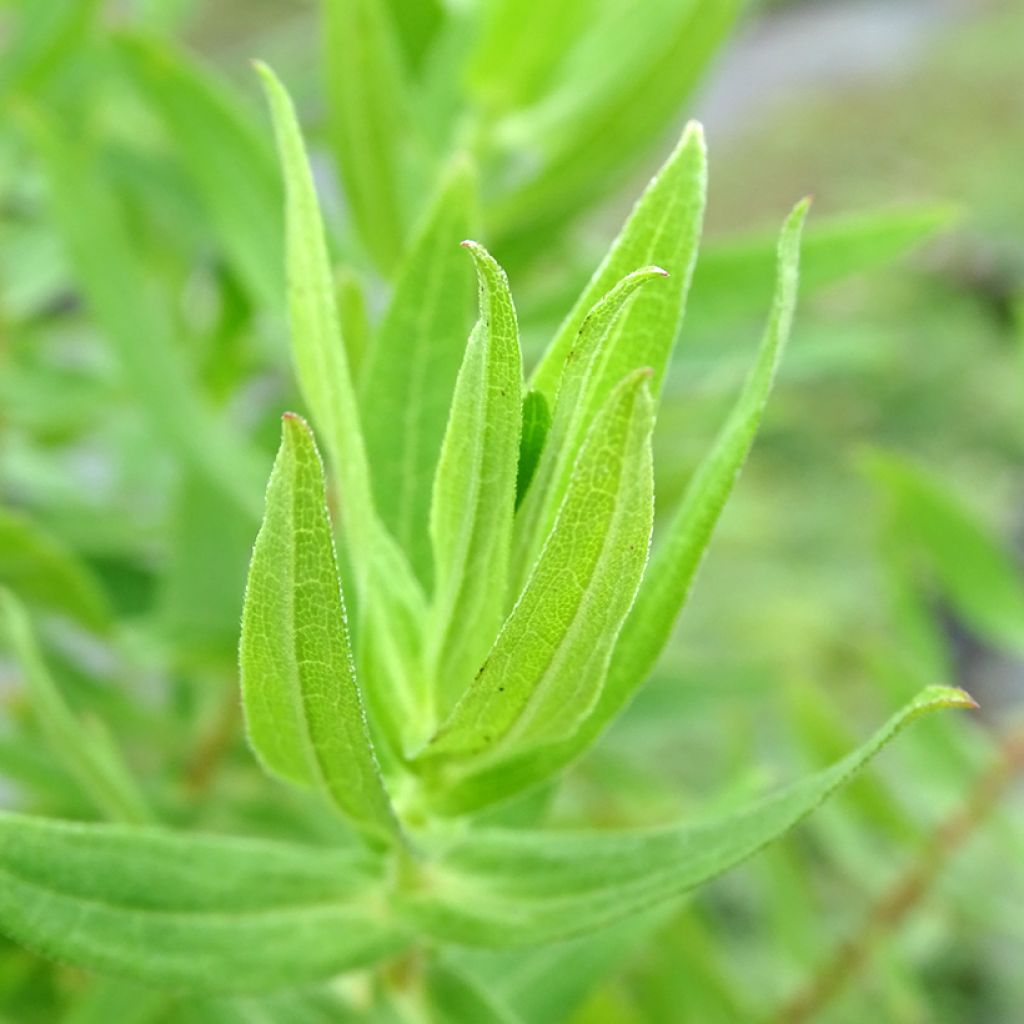

Aster novae-angliae Andenken an Alma Pötschke
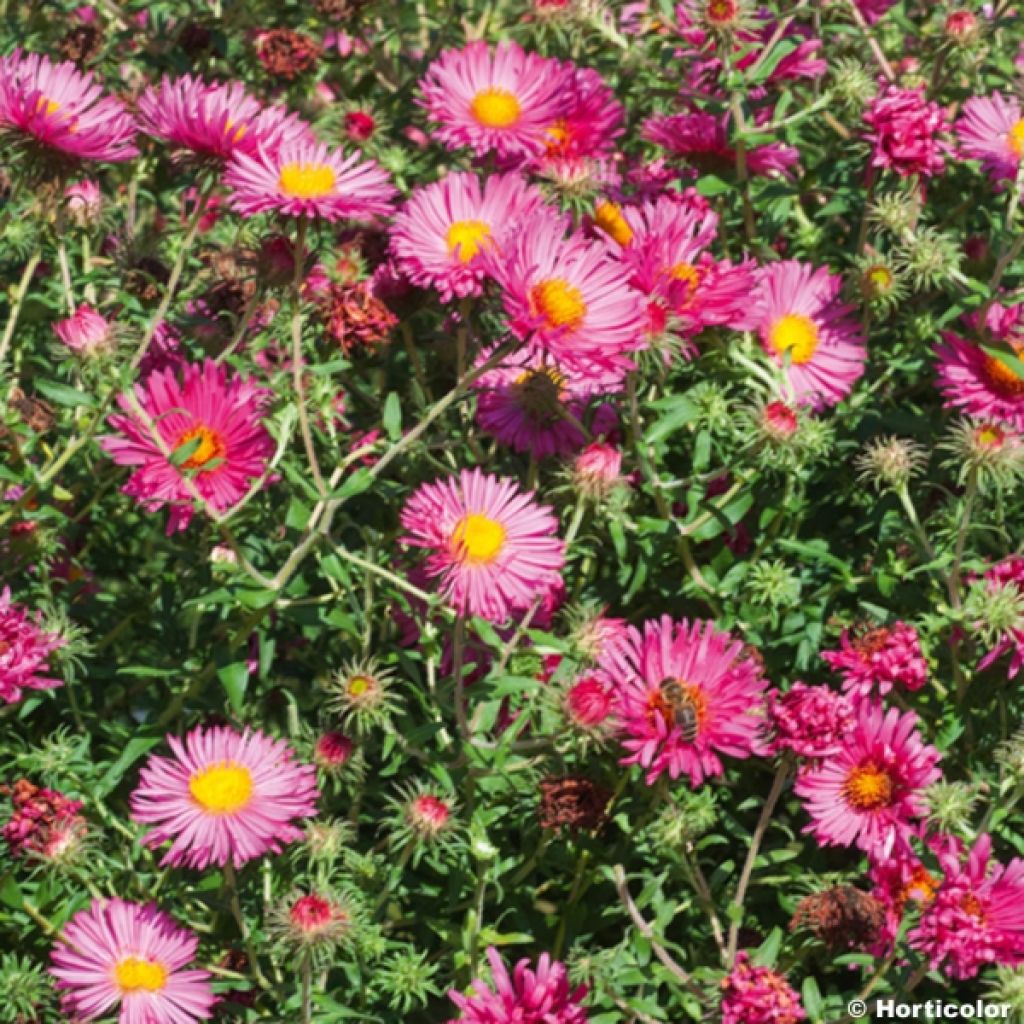

Aster novae-angliae Andenken an Alma Pötschke
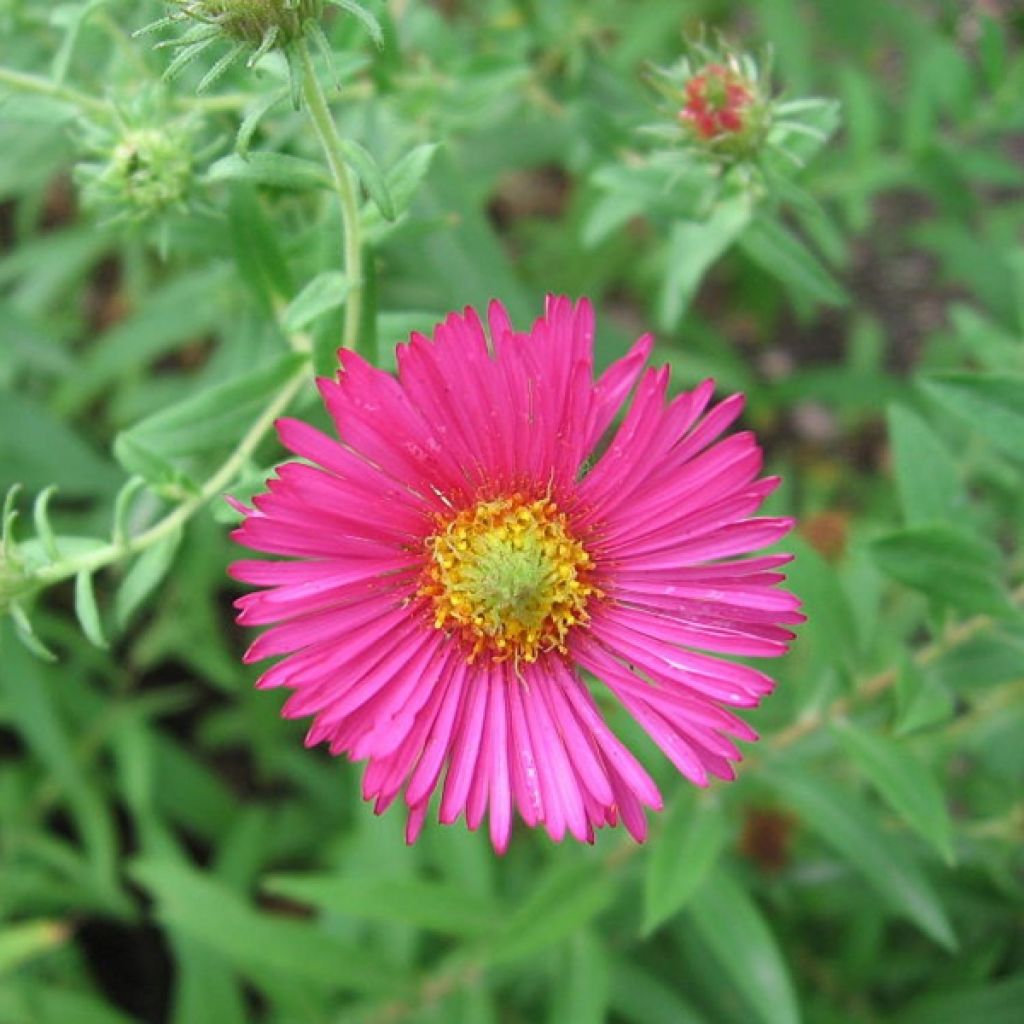

Aster novae-angliae Andenken an Alma Pötschke
Aster novae-angliae Andenken an Alma Pötschke
Aster novae-angliae Andenken an Alma Pötschke
New England Aster, Michaelmas Daisy
Received the plant in good condition, very beautiful and of high quality. It has grown quickly with lovely flowers, enhancing the beauty of my garden. Thank you.
Ali, 28/08/2024
Special offer!
Receive a €20 voucher for any order over €90 (excluding delivery costs, credit notes, and plastic-free options)!
1- Add your favorite plants to your cart.
2- Once you have reached €90, confirm your order (you can even choose the delivery date!).
3- As soon as your order is shipped, you will receive an email containing your voucher code, valid for 3 months (90 days).
Your voucher is unique and can only be used once, for any order with a minimum value of €20, excluding delivery costs.
Can be combined with other current offers, non-divisible and non-refundable.
Home or relay delivery (depending on size and destination)
Schedule delivery date,
and select date in basket
This plant carries a 12 months recovery warranty
More information
We guarantee the quality of our plants for a full growing cycle, and will replace at our expense any plant that fails to recover under normal climatic and planting conditions.
Would this plant suit my garden?
Set up your Plantfit profile →
Description
A large number of abundant perennials, in all colours, for spring, summer or autumn, for all uses and growing environments. Autumn hybrids, whether tall or small, will benefit from being divided every 2 to 3 years to regenerate the stump and protect them from powdery mildew.
Very hardy. Has given birth to many varieties. Suitable for any moist to damp, rich and clayey soil. Better performance than Aster novi-belgii; rarely affected by diseases and does not require staking. Despite its "exotic" name, this variety is one of the hardiest and best, with ruby red - truly red - flowers without a hint of purple.
Report an error about the product description
Aster novae-angliae Andenken an Alma Pötschke in pictures
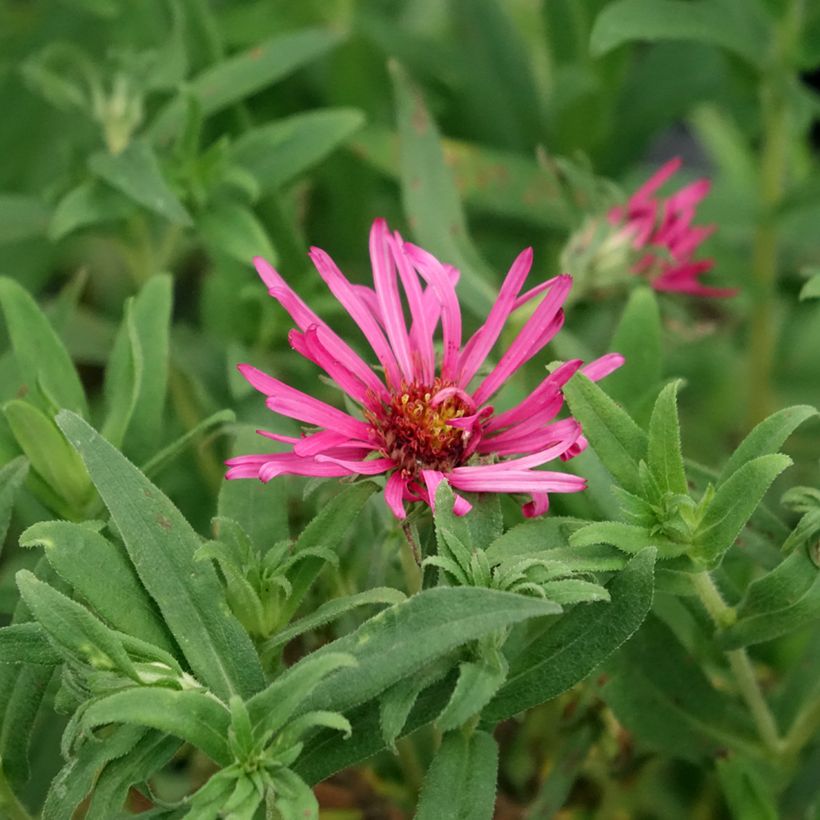

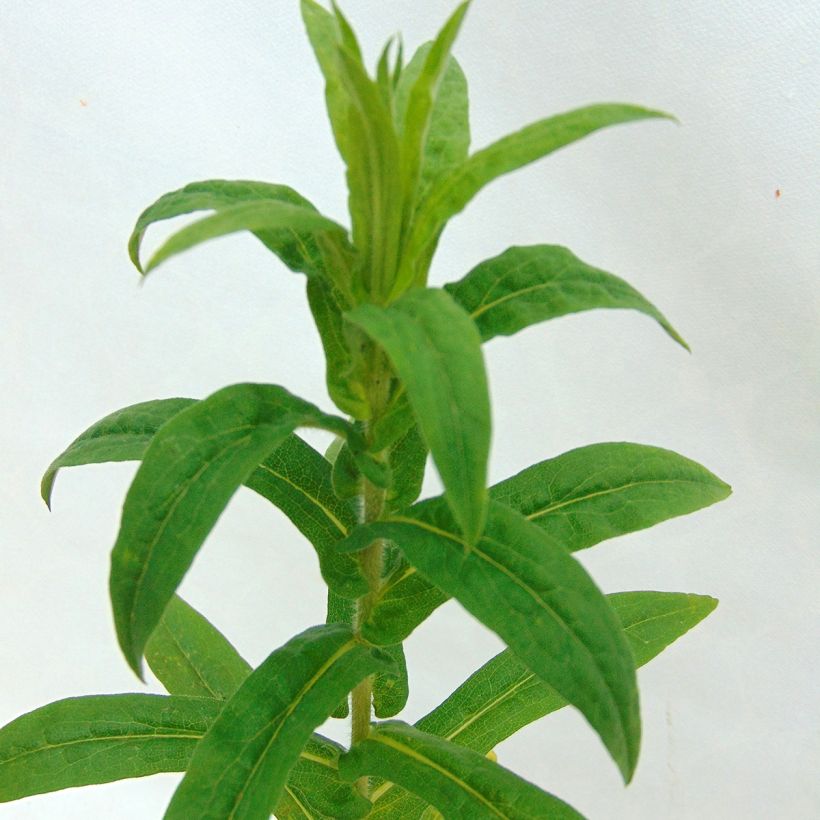

Flowering
Foliage
Plant habit
Botanical data
Aster
novae-angliae
Andenken an Alma Pötschke
Asteraceae
New England Aster, Michaelmas Daisy
Cultivar or hybrid
Other Asters
View all →Planting and care
To cultivate Aster novae-angliae 'Andenken an Alma Pötschke', choose a location in full sun, as it requires plenty of light to flower well. Prepare well-drained soil, preferably rich in humus and slightly moist, although it can tolerate more ordinary, clayey and/or chalky soils. Before planting, it is beneficial to amend the soil with compost to improve its structure and water retention, especially in poor soils.
When planting, space the plants about 80 to 90 cm apart to allow sufficient air circulation and prevent diseases such as powdery mildew. Water regularly during dry periods, but avoid overwatering, as the plant dislikes waterlogged soil. It is advisable to pinch the stems several times before mid-July to encourage a more compact habit and prevent the plant from becoming too tall, which may require staking.
To maintain abundant flowering, divide the clump every 3 to 4 years in spring, as asters tend to become dense over time, which can reduce their vigour. Finally, a summer mulch can help retain soil moisture and reduce watering needs.
Aster novae-angliae 'Andenken an Alma Pötschke' is generally disease-resistant, but the plant may be susceptible to certain issues, particularly powdery mildew and rust in conditions of poor air circulation or excessive moisture. However, these problems can largely be avoided by planting the aster in a sunny spot with good air movement and avoiding overwatering.
Another issue to watch for is downy mildew, which can affect asters in damp conditions. To minimise risks, regular pruning to aerate the plant and avoiding overcrowding are recommended.
Planting period
Intended location
Care
-
, onOrder confirmed
Reply from on Promesse de fleurs
Similar products
Haven't found what you were looking for?
Hardiness is the lowest winter temperature a plant can endure without suffering serious damage or even dying. However, hardiness is affected by location (a sheltered area, such as a patio), protection (winter cover) and soil type (hardiness is improved by well-drained soil).

Photo Sharing Terms & Conditions
In order to encourage gardeners to interact and share their experiences, Promesse de fleurs offers various media enabling content to be uploaded onto its Site - in particular via the ‘Photo sharing’ module.
The User agrees to refrain from:
- Posting any content that is illegal, prejudicial, insulting, racist, inciteful to hatred, revisionist, contrary to public decency, that infringes on privacy or on the privacy rights of third parties, in particular the publicity rights of persons and goods, intellectual property rights, or the right to privacy.
- Submitting content on behalf of a third party;
- Impersonate the identity of a third party and/or publish any personal information about a third party;
In general, the User undertakes to refrain from any unethical behaviour.
All Content (in particular text, comments, files, images, photos, videos, creative works, etc.), which may be subject to property or intellectual property rights, image or other private rights, shall remain the property of the User, subject to the limited rights granted by the terms of the licence granted by Promesse de fleurs as stated below. Users are at liberty to publish or not to publish such Content on the Site, notably via the ‘Photo Sharing’ facility, and accept that this Content shall be made public and freely accessible, notably on the Internet.
Users further acknowledge, undertake to have ,and guarantee that they hold all necessary rights and permissions to publish such material on the Site, in particular with regard to the legislation in force pertaining to any privacy, property, intellectual property, image, or contractual rights, or rights of any other nature. By publishing such Content on the Site, Users acknowledge accepting full liability as publishers of the Content within the meaning of the law, and grant Promesse de fleurs, free of charge, an inclusive, worldwide licence for the said Content for the entire duration of its publication, including all reproduction, representation, up/downloading, displaying, performing, transmission, and storage rights.
Users also grant permission for their name to be linked to the Content and accept that this link may not always be made available.
By engaging in posting material, Users consent to their Content becoming automatically accessible on the Internet, in particular on other sites and/or blogs and/or web pages of the Promesse de fleurs site, including in particular social pages and the Promesse de fleurs catalogue.
Users may secure the removal of entrusted content free of charge by issuing a simple request via our contact form.
The flowering period indicated on our website applies to countries and regions located in USDA zone 8 (France, the United Kingdom, Ireland, the Netherlands, etc.)
It will vary according to where you live:
- In zones 9 to 10 (Italy, Spain, Greece, etc.), flowering will occur about 2 to 4 weeks earlier.
- In zones 6 to 7 (Germany, Poland, Slovenia, and lower mountainous regions), flowering will be delayed by 2 to 3 weeks.
- In zone 5 (Central Europe, Scandinavia), blooming will be delayed by 3 to 5 weeks.
In temperate climates, pruning of spring-flowering shrubs (forsythia, spireas, etc.) should be done just after flowering.
Pruning of summer-flowering shrubs (Indian Lilac, Perovskia, etc.) can be done in winter or spring.
In cold regions as well as with frost-sensitive plants, avoid pruning too early when severe frosts may still occur.
The planting period indicated on our website applies to countries and regions located in USDA zone 8 (France, United Kingdom, Ireland, Netherlands).
It will vary according to where you live:
- In Mediterranean zones (Marseille, Madrid, Milan, etc.), autumn and winter are the best planting periods.
- In continental zones (Strasbourg, Munich, Vienna, etc.), delay planting by 2 to 3 weeks in spring and bring it forward by 2 to 4 weeks in autumn.
- In mountainous regions (the Alps, Pyrenees, Carpathians, etc.), it is best to plant in late spring (May-June) or late summer (August-September).
The harvesting period indicated on our website applies to countries and regions in USDA zone 8 (France, England, Ireland, the Netherlands).
In colder areas (Scandinavia, Poland, Austria...) fruit and vegetable harvests are likely to be delayed by 3-4 weeks.
In warmer areas (Italy, Spain, Greece, etc.), harvesting will probably take place earlier, depending on weather conditions.
The sowing periods indicated on our website apply to countries and regions within USDA Zone 8 (France, UK, Ireland, Netherlands).
In colder areas (Scandinavia, Poland, Austria...), delay any outdoor sowing by 3-4 weeks, or sow under glass.
In warmer climes (Italy, Spain, Greece, etc.), bring outdoor sowing forward by a few weeks.































